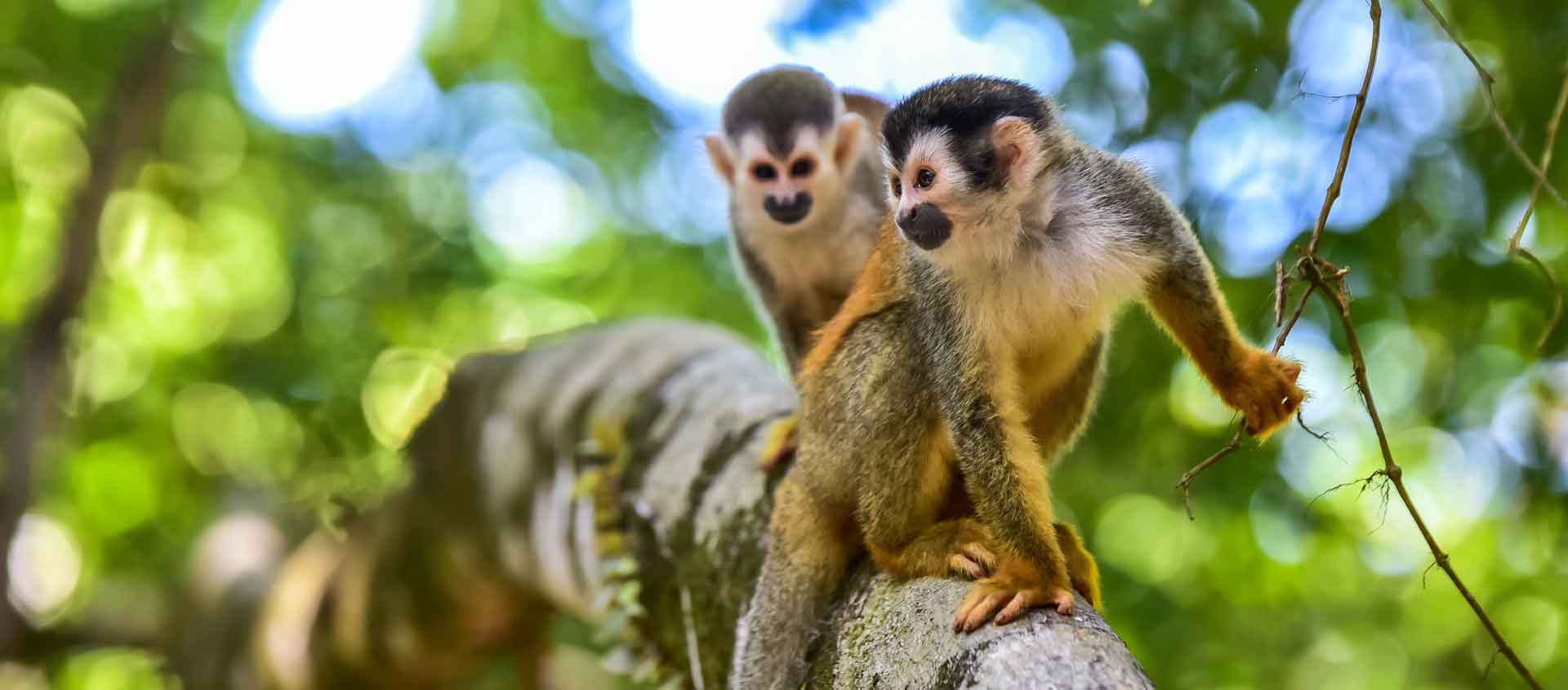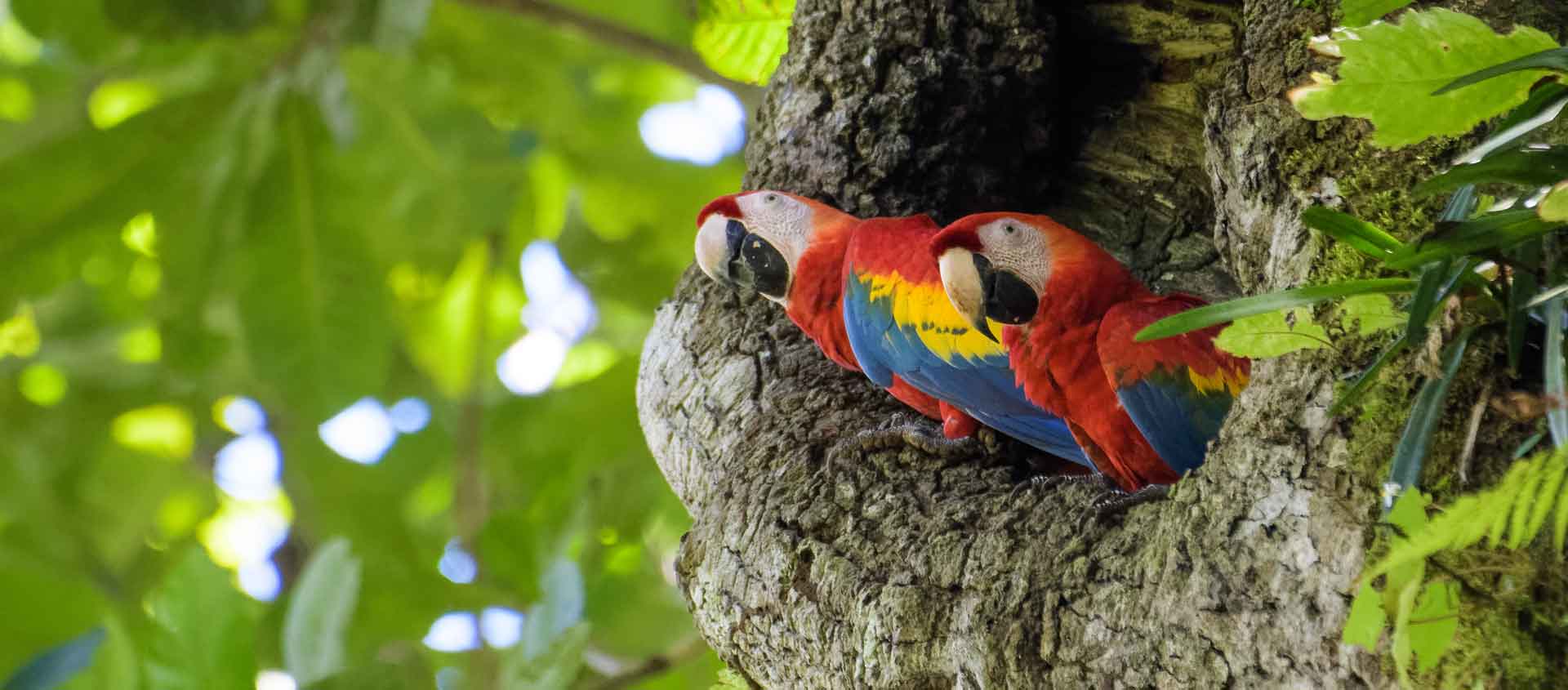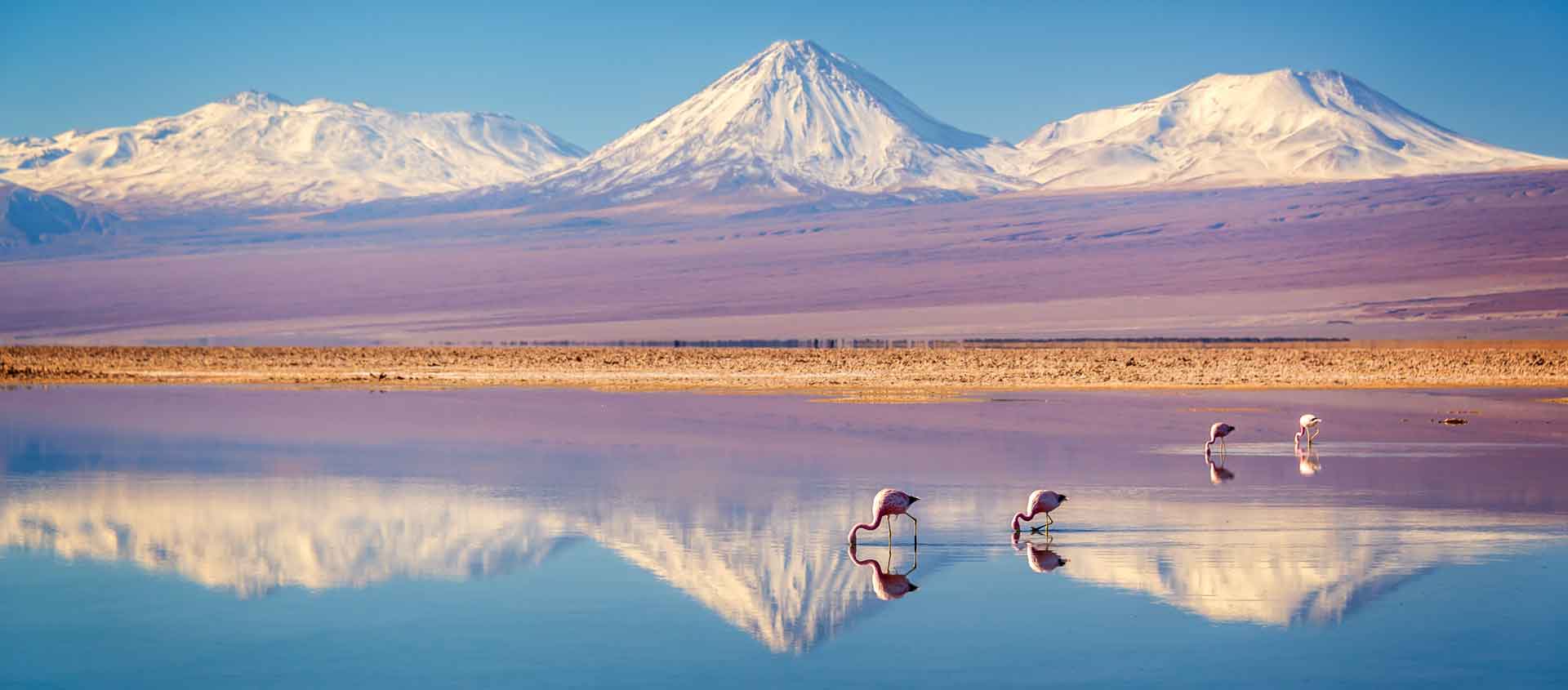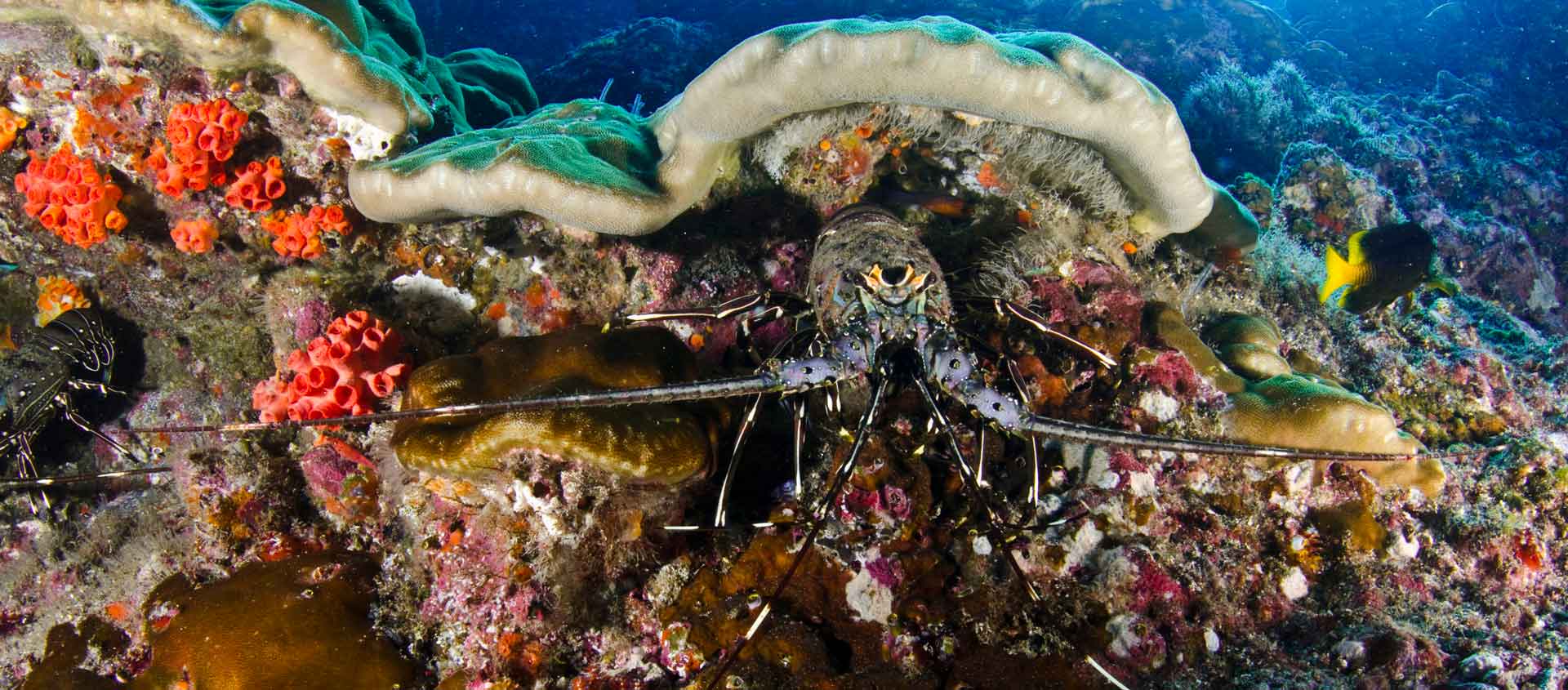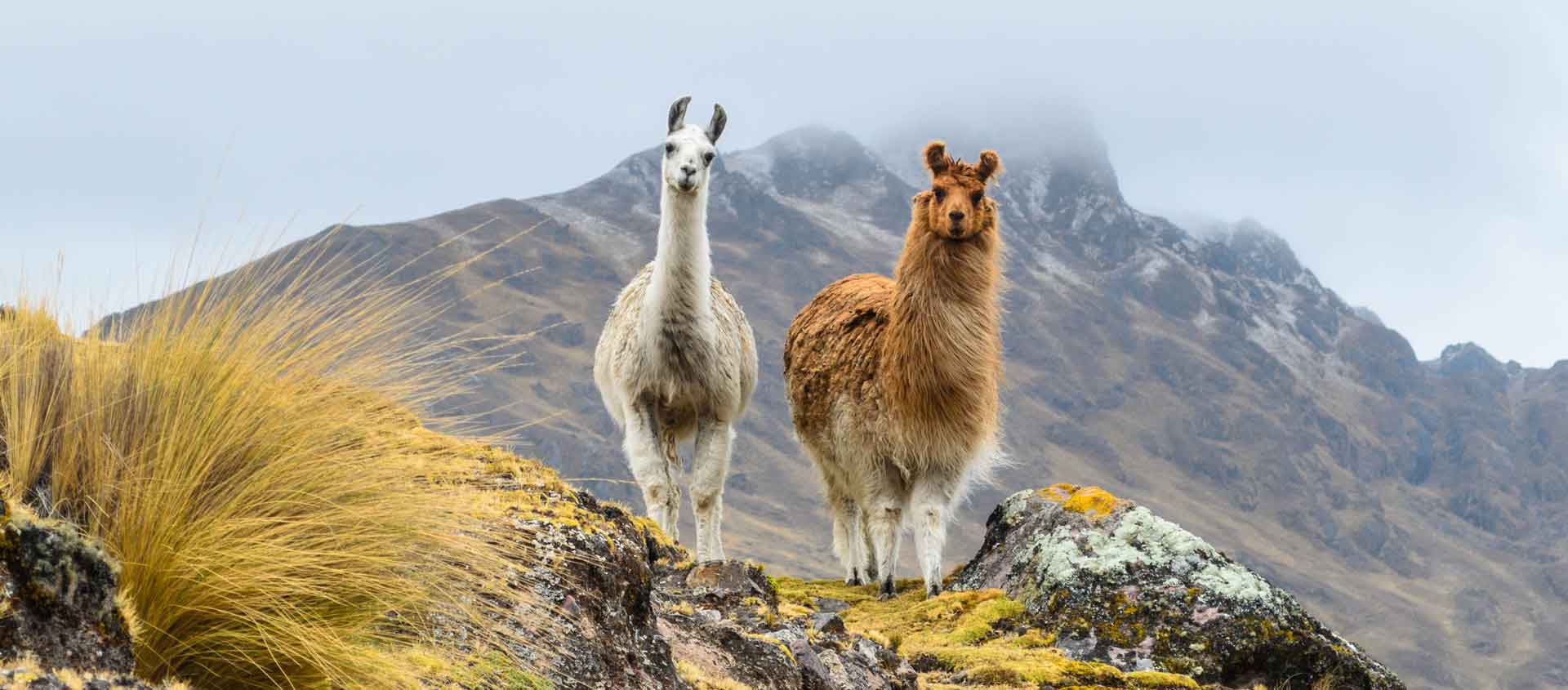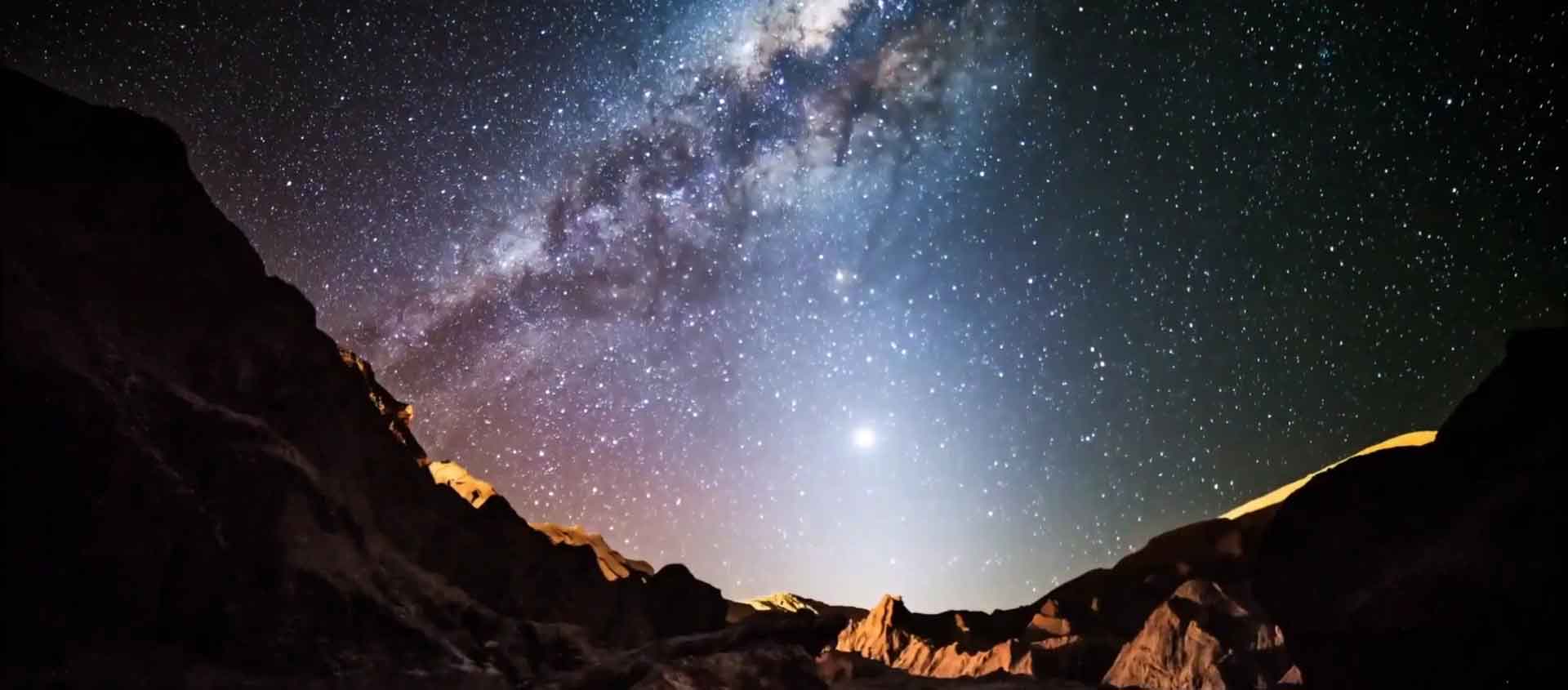Costa Rica to Chile
onboard Silver Wind
Costa Rica to Chile Cruise
It’s a route long explored by pioneers and pirates alike: the powerful Pacific coast of South America. On this 20-day journey, delve into the layered history and ecology of Costa Rica and western South America, discovering treasure-strewn islands surrounded by turquoise waters, cities abuzz with modern life, rainforests and deserts that stand as the last representatives of their crucial ecosystems, and ruins of bygone empires. Visit Cocos Island, known as Costa Rica’s “little Galapagos;” watch Blue-footed Boobies in Ecuador; sip Pisco Sours in the exquisite colonial city from which its name is derived; explore pre-Columbian pyramids in the center of bustling Lima; behold the surreal and seemingly endless Atacama Salt Flats in Chile. On this Costa Rica to Chile cruise, gaze out over the impossible blue of the Pacific, at a shoreline contemplated by countless voyagers who came before.
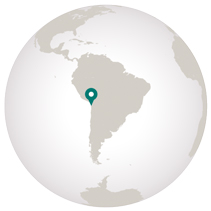
Destinations
- Travel by Air
- Travel by Road
- Travel by Boat
- Travel by Bullet Train
- Travel by Rail
- Travel by Dog Sled
- Day 1
- Day 2
- Day 3
- Day 4
- Day 5
- Days 6 & 7
- Day 8
- Day 9
- Days 10 & 11
- Day 12
- Day 13
- Day 14
- Day 15
- Day 16
- Day 17
- Day 18
- Day 19
- Day 20
-
Wednesday, October 30: Arrive San José, Costa Rica
Touch down in San José and transfer to your hotel. This bustling capital city, nestled between lush mountains and bordered by picturesque coffee plantations, offers an exciting blend of culture, history, and natural beauty. This evening, meet your fellow travelers and expedition leaders for a welcome dinner. Dinner and overnight at Costa Rica Marriott Hacienda Belen San José.
-
Thursday, October 31: San José / Puntarenas / Embark Silver Wind
After breakfast, head west to Puntarenas, an important fishing port with sweeping beaches and a relaxed vibe, located on a narrow sand spit jutting into the Gulf of Nicoya. Once a popular coastal getaway for San José residents, Puntarenas now enjoys a slower pace, though the oceanfront promenade still has a busy market. Embark the 500-foot Silver Wind, your home away from home for the next 19 days. Be on deck for a bon voyage toast as the ship sails into the Pacific.
-
Friday, November 1: Playa Panama
Playa Panama is a resort town in Culebra Bay in Costa Rica’s northwest. It is a jumping-off point to many adventures, and you may choose from several options today: embark on a catamaran tour, looking for dolphins, sea turtles and flying fish on your way to famous “Egg Beach,” accessible only by boat. Relax on its soft white sand or snorkel in its clear waters.
Alternately, visit the Rincon de la Vieja National Park, home to an active volcano and an abundance of flora and fauna. Watch for monkeys, lizards, butterflies, and a colorful variety of birds including toucans, falcons, parrots, and woodpeckers. Traverse hanging bridges to arrive at La Oropendola waterfall, cascading down over 80 feet to a bubbling turquoise pool.
Those who prefer a wildlife and cultural adventure can visit the 19th-century colonial Hacienda El Viejo to get a taste of the old “Sabanero” lifestyle. Enjoy local snacks and learn to make tortillas by hand. Next, head to the Tempisque River, which borders the spectacular Palo Verde National Park, protecting crucial wetlands and rare dry tropical forests. Cruise the river, looking for Roseate Spoonbills, Glossy Ibis, Black-crowned Night Herons, Anhingas, and Snail Kites, as well as American Crocodiles, iguanas, and monkeys. Return to the hacienda for lunch.
-
Saturday, November 2: Punta Leona
Further south along the Central Pacific Coast lies Punta Leona. Nearby Carara National Park is in a transitional climate zone between the tropical dry forests of the north and the Pacific rainforest to the south, giving it a wide variety of habitats for some 400 bird species. You may opt to tour the park today on a nature walk, looking for some of the approximately 150 Scarlet Macaws that nest here, as well as Hoffmann’s Woodpecker, Orange-collared Manakin, Panama Flycatcher, Baird’s Trogon, Long-tailed and Tawny-winged Woodcreeper, Dusky and Chestnut-backed Antbird and Spectacled Antpitta. Stop at the bridge over the Tárcoles River on your way back to the ship to see large American Crocodiles basking in the water below. Alternately, you may explore this diverse ecosystem via a series of elevated walkways suspended within and above the forest canopy, up to 126 feet high. Get a birds-eye view of the Tárcoles River marshlands and observe a wide variety of wildlife species.
For those who prefer to explore the famous mangrove forests, travel by boat along the Tárcoles River, searching for some of the over 250 species of birds. The Tárcoles River also is an important habitat to one of the world’s largest populations of American Crocodiles, as well as Basilisk lizards, iguanas, monkeys, and anteaters. Or, you may choose to visit the Villa Lapas Private Reserve, where you’ll explore the rainforest and crystal waters of the Tarcolitos River via a specially-designed tractor-drawn wagon. Afterwards, visit Santa Lucía, a newly constructed colonial village using old building techniques and materials.
-
Sunday, November 3: Golfito
This remote corner in the far southwest of the country is perhaps the most pristine and picturesque in Costa Rica. Centered on Parque Nacional Corcovado, the entire Osa Peninsula serves as a biological corridor, earning it National Geographic’s label of ‘the most biologically intense place on earth.’ Although much of the rainforest in Costa Rica is protected by the national park system, no other region offers the sheer amount of wildlife found here. More than 400 species of birds, 140 species of mammals and over 500 species of plants call this place home. Here, it’s often possible to see all four native species of monkey swinging in the canopy overhead, while rare species such as Baird’s Tapir can be spotted on the forest floor. Today, head to Golfito Wildlife Refuge for a walking tour through primary rainforest. The park is home to more than 125 species of trees along with 300 species of birds, 139 mammal species, and more than 200 species of amphibians and reptiles. Alternately, explore neighboring Piedras Blanca National Park on a nature walk, searching for tanagers, hummingbirds, macaws, toucans, manakins, hawks, robins, flycatchers, honeycreepers, trogons, woodpeckers, and many species of reptiles and amphibians. Others may opt to explore the rich waters of the gulf on a guided boat tour, looking for dolphins, sea turtles, manta rays, and an array of large fish.
-
Monday & Tuesday, November 4 & 5: Isla del Coco
300 miles off the mainland lies Jacques Cousteau’s purported favorite place, an uninhabited island often called Costa Rica’s “little Galápagos.” Isla del Coco was designated a national park in 1978 and declared a UNESCO World Heritage Site in 1997—among the criteria it met is its status as the only island in the Eastern Tropical Pacific with a tropical rainforest, as well as its isolation-driven evolutionary processes. It is home to three endemic bird species—Cocos Cuckoo, Cocos Flycatcher and Cocos Finch. Underwater, the array is just as rich: Cocos is known for its abundance of sharks, including Whitetip Reef, Whale, and Scalloped Hammerhead, as well as rays, tuna, dolphins, and 300 kinds of fish.
-
Wednesday, November 6: At Sea
Cross the equator into the southern hemisphere as the ship heads southeast to Ecuador. Join our naturalists on deck looking for dolphins, whales, and seabirds. Attend lectures throughout the day about your upcoming visits.
-
Thursday, November 7: Puerto López, Ecuador
A long, wide beach and proximity to the wonders of the Parque Nacional Machalilla are the draw of this quiet fishing village. Today, you have the option to head to the 300-square mile park, which protects one of the last stands of dry tropical forest in the world. Within the park, there are several options. Visit the highlands to search for howler and capuchin monkeys, trogons, orchids, and various species of birds, before continuing to the marine turtle rescue center. Alternately, spend time exploring the beach and tropical dry forest, followed by a visit to the ancient ruins of Agua Blanca, an archaeological site which contains objects originating from six different cultures: Valdivia, Machalilla, Chorrera, Bahía, Guangala, and Manteño. Many of the finds— such as obsidian-knapped arrowheads, stone seats of power and figurines in animal shapes— are displayed in the small museum beside the ruins. Descendants of the Manteño civilization (850 to 1600 AD) still live here today.
Bird watchers will delight on a visit to Isla de la Plata. Search for Blue-footed, Red-footed and Masked Boobies, frigatebirds, pelicans, tropicbirds, and more. Chocolate lovers can visit the artisan Pacha Chocolate Factory to experience their seed-to-bar process using the finest local ingredients. Then return to Puerto López for a demonstration of toquilla straw, or ‘Panama’ hat-weaving. Famous for their durability and flexibility, these hats have been declared by UNESCO as Cultural Patrimony of Mankind.
Those who wish to stick to the water can take a boat to Salango Island for a snorkeling excursion. Observe Blue Footed Boobies, frigatebirds and pelicans on the cliffs, and a variety of reef fish, sea turtles, and starfish below the turquoise water.
-
Friday & Saturday, November 8 & 9: At Sea
At sea heading south, enjoy the onboard lecture series and learn about the cultural, historical, and natural treasures of Peru. From deck, watch for Humpback Whales, dolphins, pelicans, cormorants, gulls, terns, and Peruvian Boobies.
-
Sunday, November 10: Lima (Callao)
Lima, nicknamed the City of Kings, is a vibrant cultural hub full of sharp contrasts: nearly 10 million people live here, representing vastly different backgrounds and ways of life. Until the mid-18th century, it was the capital of the Spanish dominions in South America, but its history runs much deeper, evidenced by the ancient temples that stand amidst the cevicherias and galleries of this modern city. Today, you may visit one of these temples right in central Lima: Huaca Pucllana, a great adobe pyramid built from seven staggered platforms, which served as an administrative center between 200 and 700 AD. Next, visit the Larco Museum, located in an 18th-century mansion built over a 7th-century pyramid. The museum houses an extensive collection of ceramics and provides an excellent overview of 3,000 years of pre-Columbian Peruvian history.
For those who prefer an excursion closer to nature, this metropolis happens to have a Ramsar-recognized wetland within its city limits. Los Pantanos de Villa Wildlife Refuge protects 650 acres of Pacific Subtropical Desert marshland and is a migratory corridor for hundreds of bird species. Walk the trails looking for threatened natives like the Peruvian Pelican, Guanay Cormorant, and Peruvian Booby, as well as some of the nearly 40,000 Franklin’s Gulls that migrate here annually.
Alternately, embark on a boat exploration of the Palomino Islands off Lima’s coast. These rocky islets are a natural refuge for seabirds and a large colony of sea lions. There will be a chance to swim among these playful creatures.
-
Monday, November 11: Paracas
The area around the Paracas Peninsula teems with wildlife and has been declared a national reserve. Condors glide on the sea winds and pink flamingoes often rest here on their migratory travels. Today, you may choose to tour the nearby Islas Ballestas, home to Humboldt Penguins, Guanay Cormorants, Leatherback and Hawksbill Sea Turtles, and thousands of sea lions. Or, spend the day among the hauntingly beautiful landscapes of the 830,000-acre Paracas National Reserve. Visit the Centro de Interpretación to learn about the area’s ecology. Walk through the reserve to the famous Red Beach and enjoy panoramic views. On shore, you may see dried-up jellyfish that produce mandala-like formations on the sand. Other coastline denizens include ghost crabs and sea hares. Or, spend the morning on a beautiful beach and visit a scallop hatchery. After a tasting, explore Paracas National Reserve before heading to the village of El Chaco where you will have free time to explore.
Alternately, travel to the neighboring colonial city of Pisco, famous for the grape brandy that goes by the same name. Visit a traditional hacienda to see an Afro-Peruvian performance and learn about the African colony that settled here after the Spanish conquest. Afterward, tour the Distillery La Caravedo and taste the many varieties of Pisco the hacienda produces.
You may opt for a flight (at additional cost) to see the ancient Nazca Lines, a group of large-scale geoglyphs created over the centuries spanning from 500BC to 500AD. These mysterious forms stretch for miles through the desert and are a UNESCO World Heritage Site. The lines show an understanding of sophisticated mathematics and surveying techniques, allowing for the design of large-scale figures with outstanding geometric precision.
-
Tuesday, November 12: At Sea
As the ship navigates south to Chile, look for seabirds, Humpback Whales, and dolphins. Join your expedition team for educational workshops and lectures.
-
Wednesday, November 13: Arica, Chile
Arica is Chile’s northernmost city, and its compact center sits proudly at the foot of “El Morro” cliff, the site of a major Chilean victory over Peru in the War of the Pacific. Today, choose from several excursions: take in the culture and cuisine of this region by first heading to Arica’s famous farmers’ market to stroll the colorful aisles. Continue to San Miguel de Azapa Archaeological Museum to hear about the ancient Chinchorro culture and see some of the world’s oldest-known mummies. Next, head to one of Arica’s olive farms and learn about the production process from farm to table. Enjoy appetizers prepared by a local chef with produce from the farmers’ market.
Or you can experience Andean valleys and historic villages on an excursion to picturesque Putre, a historic Altiplano village. Along the drive up to the village, pass geoglyphs and stop at the tiny settlement of Poconchile to visit its historic cemetery. Once arriving in Putre, which sits at 11,000 feet, tour its church, built in 1670, and main plaza. Although Putre pre-dates the Spanish, much of its charm comes from its 17th-century colonial houses with carved stone portals. Settle in to watch an Aymara Folkloric demonstration before heading to a local restaurant for lunch.
Or take in the unique landscapes and search for the wildlife of this region on a journey to magnificent Lauca National Park. En route, spot Zapahuira Tambo, a former Inca storage area, and the Copaquilla Pukara, a pre-Inca fort. Upon entering Lauca NP, observe the surrounding volcanoes of Parinacota, Pomerape, and Guallatire with their eternal fumaroles, and the unmistakable Altiplanic fauna including Guanacos, Alpacas, Vicuñas, Llamas, and Vizcachas. At 14,760 feet, Lake Chungará is home to a wide variety of bird life such as Giant Coots, a variety of highland ducks, and flamingoes.
For a more active experience, head south to the coastal area of Anzota and begin the day with a coastal hike along dramatic sand cliffs and through beautiful seaside caves. The walk finishes at the Puntilla, a lookout point over the shoreline where sea lions and birds often congregate. Continue to “El Morro” for a panoramic view over Arica and visit the small museum that commemorates Chile’s grand military victory.
-
Thursday, November 14: At Sea
Today, continue south toward Chile’s central coast, known for its mining history, which has played a leading role in shaping Chile’s economy. From deck, watch for Humpback Whales and dolphins, as well as seabirds including Peruvian Pelicans, Inca Terns, cormorants, and gulls.
-
Friday, November 15: Antofagasta
In recent years, Antofagasta has seen rapid growth, with high-rise hotels sprouting up amid the wood-fronted Victorian and Georgian buildings found along the Barrio Histórico. Today, you may choose to visit the highlights of Antofagasta, Chile’s second largest city. Drive south to the Huanchaca ruins, remains of a large silver smelter constructed by Bolivian, Chilean, and English engineers. Take a walking tour among the old port buildings, now declared national monuments. Visit the Regional Museum, with its striking section devoted to the War of the Pacific and the Nitrate Era. Stop at the Antofagasta Yacht Club for refreshments before visiting La Portada, a dramatic natural arch by the sea.
Alternately, embark on a full day’s exploration of the stunning Atacama Desert, the world’s driest place. Begin in San Pedro Village, with its handicraft market, adobe church, and picturesque narrow streets. After lunch, continue to the surreal Atacama Salt Flats and allow yourself to be mesmerized by the unique geological formations and the visual effects created by the play of light, shadow, and reflection. Visibility is excellent here due to the dry air, allowing you to see over 50 miles. Lastly, stop at Valle de la Luna, a geological spectacle of wind-etched, eerie rock formations that jut out of the sand. A few miles away is a famous vista point where you may choose to participate in the local ritual of gratitude-giving to Mother Earth (Pachamama).
Those interested in Chile’s rich mining history can take a historic tour of old mining communities. The village of Baquedano stands as a testament to the golden years of “white gold,” as nitrate was known. See the train station, with all machinery remaining as it was in the 19th century. Then, drive across the pampa to Chacabuco, one of the area’s many ghost towns, abandoned at the end of the 1930s when German synthetic nitrate took off. Chacabuco was also the site of a concentration camp after the Pinochet-led military coup in 1973.
Late this afternoon, you may choose to join a group heading into the Atacama Desert. As afternoon turns to evening, enjoy a view of the stars that made the Atacama’s night skies so famous.
-
Saturday, November 16: Isla Pan de Azúcar
Small “Sugar Loaf Island” sits a short distance offshore and is part of the larger Parque National Pan de Azúcar on the mainland. The absence of rain in this ecosystem is compensated by coastal mist, which is known locally as Camanchaca. The island is home to cacti and other desert-adapted vegetation which can be seen among the dramatic rocky outcrops and wide sandy beaches. It provides a protected habitat for large breeding colonies of various marine mammals and seabirds, perhaps most famously the Humboldt Penguin. Navigate the shoreline by Zodiac today to look for South American Sea Lions, otters, Humboldt Penguins, Inca Terns, Kelp Gulls, Peruvian Boobies, Peruvian Pelicans, Peruvian Diving-Petrels, and Red-legged Cormorants.
-
Sunday, November 17: Coquimbo
Charles Darwin famously noted that the town of Coquimbo was ‘remarkable for nothing but its extreme quietness.’ Its name even means ‘place of calm waters’ in the native Diaguita language. Recently however, Coquimbo has developed into a bustling port and the region’s major commercial center from which minerals, fish, and produce are exported. Today, drive to Herradura (Horseshoe) Bay, once visited by Sir Francis Drake, and see the former fishing village with handmade boats before heading to neighboring La Serena, the second oldest city in Chile. Admire the architecture and landmarks before stopping at La Recova Market, known for its offerings of handicrafts, lapis lazuli, pottery and ceramics with Diaguita motifs, as well as Alpaca items.
Alternately, drive inland to the Enchanted Valley, where excavations have shown that groups of hunter-gatherers have inhabited this area for almost 4,000 years. Explore this open-air museum of pictographs and petroglyphs etched across the hillsides.
This evening, enjoy a special farewell dinner on the ship and toast to friendships forged and memories made.
-
Monday, November 18: Valparaíso / Disembark / Santiago
Be on deck as the ship approaches Valparaíso, Chile’s “Jewel of the Pacific.” Designated a UNESCO World Heritage Site for its singular architecture and unique funicular system, this colorful city cuts quite a beautiful image against the steep hillsides on which it’s built. After breakfast, disembark the Silver Wind and set out on a wine-tasting adventure with lunch at a local winery. This afternoon, transfer to the Holiday Inn Santiago Airport where you can relax until your late-night, international flights depart.

